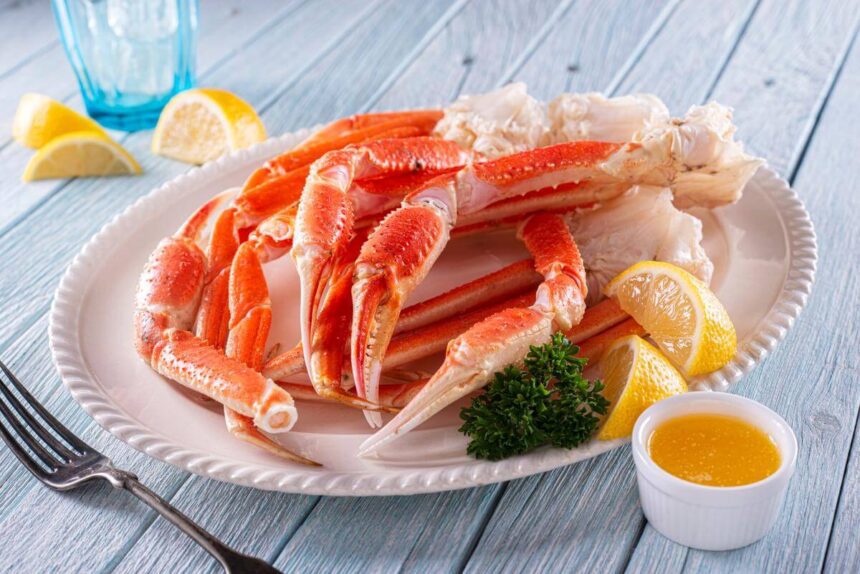When it comes to their dietary preferences, cats have a reputation for being selective and discerning eaters. As feline owners, it’s crucial to be aware of the foods we can share with our furry friends and those that are potentially harmful. In this article, we delve into the question, “Can cats eat crab legs?” to help cat owners make informed decisions about their pets’ diets.
Can Cats Eat Crab Meat?
Crab meat, in general, is not inherently toxic to cats, and it can be a source of lean protein. However, there are a few factors to consider before sharing crab legs with your feline companion.
Allergies and Sensitivities
Cats, like humans, can have allergies or sensitivities to certain foods. Seafood allergies are not uncommon in cats, and crab meat is one of the potential allergens. Symptoms of an allergic reaction may include vomiting, diarrhea, itching, or difficulty breathing. If you notice any adverse reactions, it’s best to avoid feeding crab meat to your cat.
Preparation and Seasonings
Crab legs often undergo cooking processes that involve the use of seasonings, spices, and oils, which can be harmful to cats. Some seasonings like garlic and onion can be toxic to felines and should never be included in their diet. Additionally, the high sodium content in seasoned crab legs can be detrimental to a cat’s health, potentially leading to dehydration and other complications.
Bones and Shells
While the meat of crab legs may be safe for cats to consume, the shells and sharp spines pose a choking hazard or may cause gastrointestinal obstructions. It is vital to remove all shells, bones, and cartilage before considering offering crab meat to your cat.
Moderation and Veterinary Consultation
Even if your cat shows no signs of allergies or sensitivities, it’s crucial to introduce new foods gradually and in moderation. A sudden change in diet can lead to gastrointestinal upset or an imbalance in nutrients. Consult your veterinarian before introducing any new food into your cat’s diet to ensure it aligns with their specific dietary needs and any existing health conditions.
FAQ
What should I do if my cat accidentally eats crab legs?
If your cat accidentally consumes crab legs, monitor their behavior and look for any signs of distress. If you suspect that your cat has ingested sharp shell pieces or bones or is showing symptoms of discomfort, such as vomiting, lethargy, or decreased appetite, contact your veterinarian immediately.
Can Cats Eat Raw Crab Legs?
No, cats should not eat raw crab legs. Raw crab legs can contain harmful bacteria and parasites that can make your cat sick. It is important to cook crab legs thoroughly before feeding them to your cat.
How Much Crab Can Cats Eat?
As with any treat, crab legs should be given to cats in moderation. Too much crab can lead to obesity, diabetes, and other health problems. A good rule of thumb is to give your cat no more than a tablespoon of crab meat per day.
What Parts of Crab Legs Can Cats Eat?
Cats can eat the meat of crab legs, but they should not eat the shells or legs. The shells and legs can be a choking hazard, and they are also difficult for cats to digest.
Conclusion
While cats are known for their love of fish and seafood, caution should be exercised when it comes to sharing human foods like crab legs with your feline companion. While crab meat itself is generally not toxic to cats, potential allergens, seasonings, shells, and bones can pose risks to their health. Always prioritize your cat’s well-being by consulting with a veterinarian before introducing any new food into their diet. Opting for nutritionally balanced commercial cat foods can provide a safer and more convenient way to meet your cat’s dietary needs while offering a tasty and appropriate treat.



